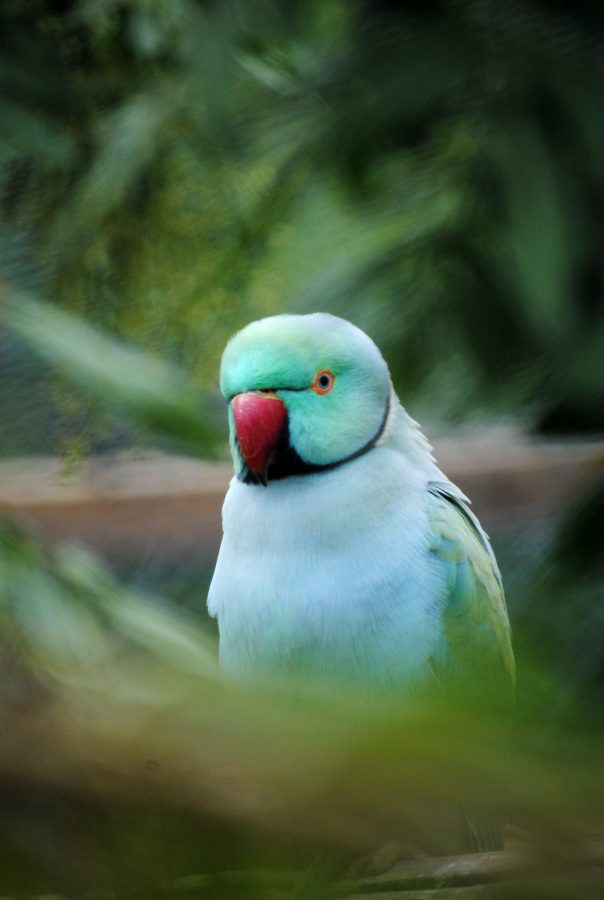Some ideas for improving access to nature connection if you, or someone you are close to, has an illness or disability meaning they find it difficult to be outdoors and need to bring nature inside.
By Kt Shepherd
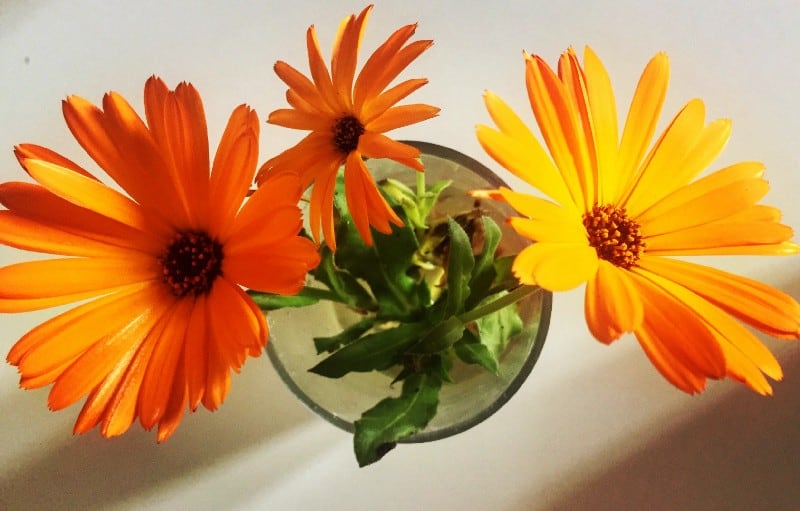
Studies over the last few years have consistently demonstrated that being in nature is beneficial for both our physical and emotional health. From my own observations, I would also add that for many people connecting with the other living parts of Earth also brings increased levels of wellbeing to both the spiritual and social aspects of our lives too.
In my work as a palliative care nurse and as an unpaid Carer of several family members I have witnessed many instances where, being able to be creative about how to connect with nature, can positively influence the quality of life for people who are too unwell or disabled spend time outside on a regular basis.
Over the past year I have become very unwell and currently spend most of my time in bed. This has given me a great opportunity to reflect further about how poorly and disabled people who for whatever reasons find being outside challenging, can benefit from nature connection.
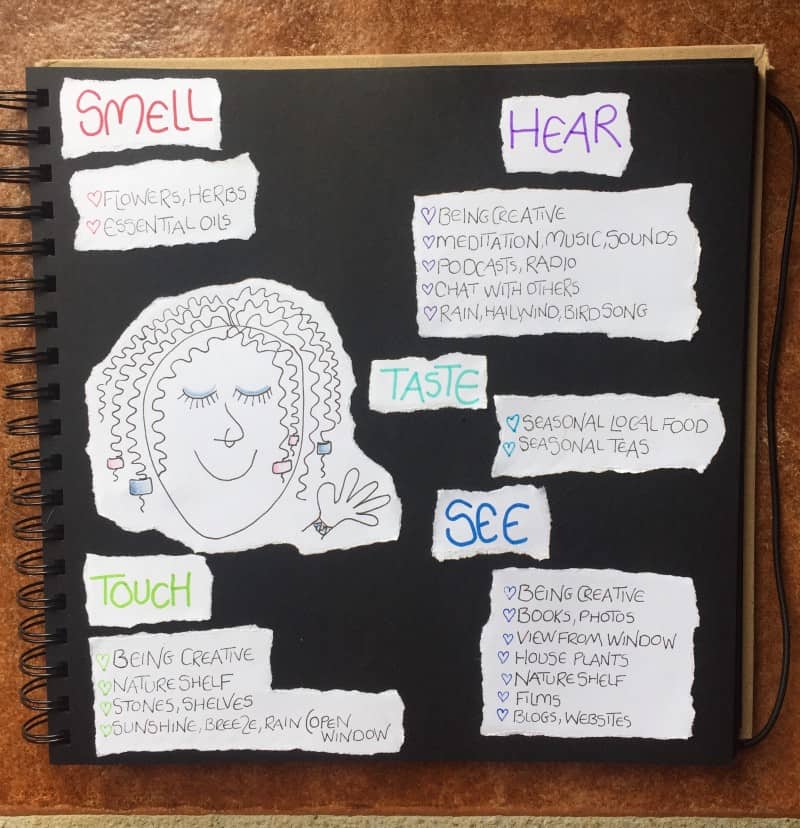
These are some of the ideas I have collated. Most of which I use in my own life too.
· Having beautifully fragranced flowers or pots of herbs inside in a space you spend a lot of your time. Or perhaps using essential oils in a diffuser, bath, or on a tissue. Essential oils can also help as part of a well- being plan, and some should be used with caution as they can have adverse side effects for you and people/pets around you if their use is not understood well. I can recommend permaculture practitioner and qualified aromatherapist, Dave Jackson for guidance and advice. He’s based in Cambridge England, and really happy to provide video consultations for folk who aren’t local to him. Dave’s details are in the resources section below.
· Asking a visiting, (in real life, or digital), friend or family member to tell you about their experiences of spending time in nature. I’ve found that this can also be a great distraction from chat focus always being about my illness too.
· Listening to a guided mediation involving sounds of nature :- the noise of the sea, river waterfalls, bird song, gentle breeze through long grasses and rain.
· Watching films and TV programmes about nature. Listening to radio programmes and podcasts about the great outdoors
· Observing patterns in nature through a window. Watching the earth cycles, seasons and changing skies.
· Being creative about nature inspiration. Art, doodling, writing, textile crafts, singing, playing a musical instrument, making a collage, wildlife themed colouring books. I have also found that giving myself thinking and daydreaming time about walks, daytrips, holidays, sunny days, deep snow, summer rain, storms and gardens for example has been a wonderful thing to do when more practical activities are too exhausting or painful.
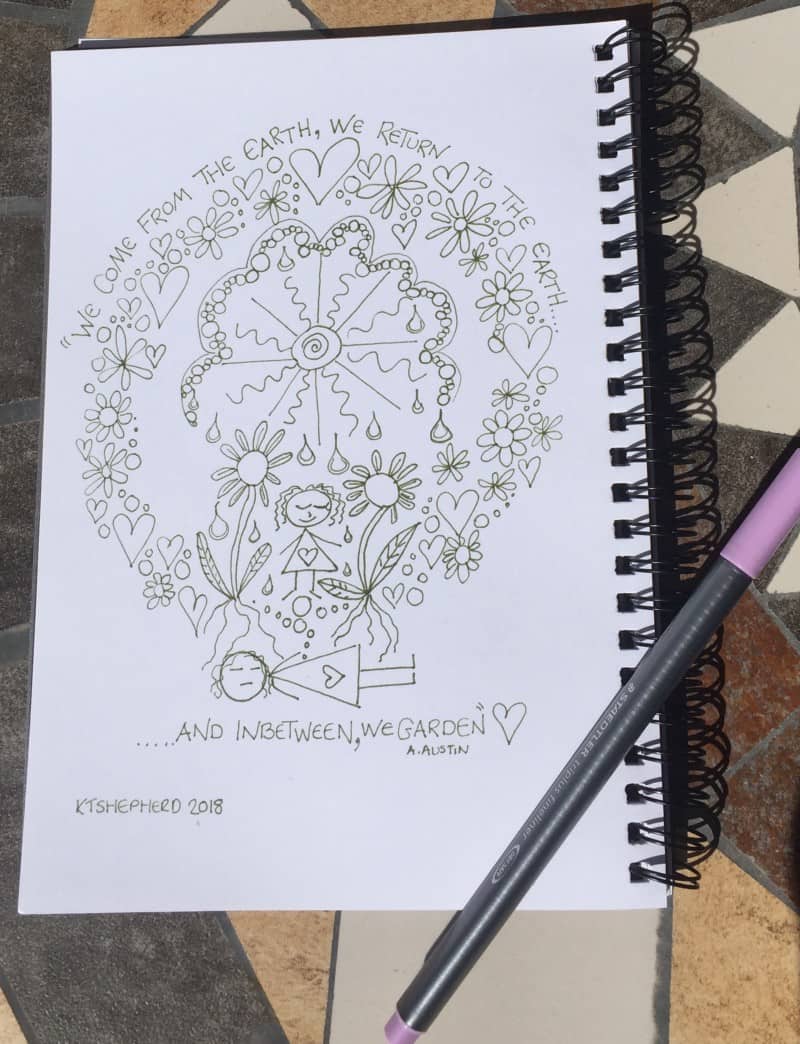
· Having houseplants in a space in the home where you spend a lot of time, which as well as lovely to see, also help to clean the air inside from potential toxins.
· With help if needed, creating a nature space/table/shelf in a place where you can see it often. Ideas of things to include could be a vase of local flowers, photos, small twigs/branches in a vase, stones, shells, herbs to dry. I have such a space and love to adapt it as the seasons change.
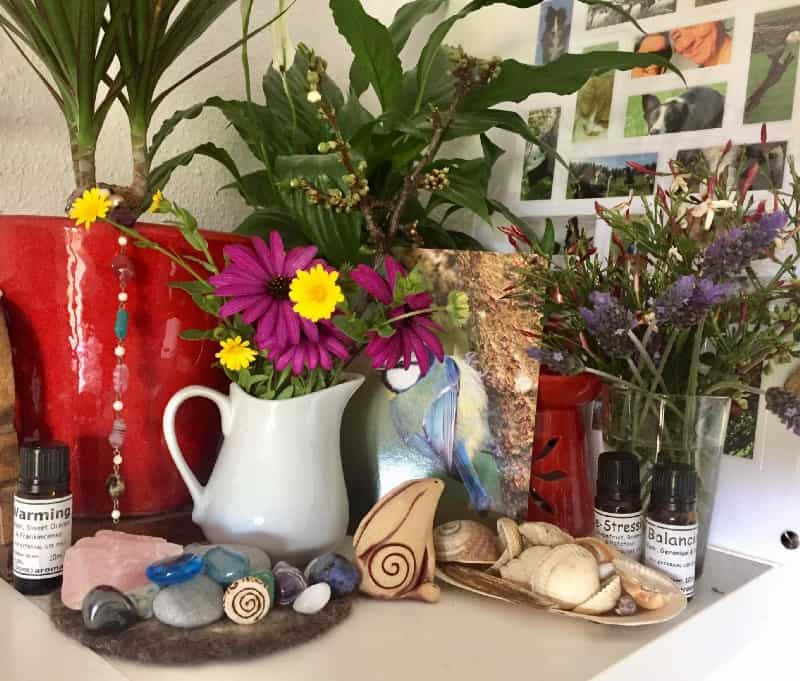
· If you are someone who has experience and knowledge about gardening, farming or other nature related activities and knowledge, could you mentor or teach others who would like to learn? Again, this could be face to face, or via digital (or written) communication: — Creating a blog, social media space or writing an article for a local paper, newsletter, or specialist publication.
· Sprouting seeds and pulses and/or growing herbs on a kitchen windowsill. Really easy to do by yourself, or by someone who helps you. Resulting in fresh, nutritious home grown food throughout the year.
· Reading books, magazines and blogs about nature. Looking at nature focused photos and art. Connecting with nature focused social media spaces. Perhaps finding (or creating) spaces on social media where there are others who are also enjoying and appreciating nature from indoors.
· Eating seasonal food and drinks and/or sourcing your food from local growers, farmers and preservers.
Being aware of any sadness, grief or loss you feel about not being able to connect with nature outdoors. Even just reading this short article may generate difficult emotions. And that’s ok. I’ve found that talking it through with someone close to you or writing, drawing or any other creative expression can really help, as do other ideas mentioned here.
As well as hopefully providing some useful ideas relating to nature connection and immersion, an additional function of this article is to inspire further discussion about the urgent need for permaculture practitioners to address issues of privilege in accessing permaculture.
Resources
There are a huge diverse number of resources relating to the ideas I have written about in this article. If you need some extra inspiration or a starting point. Here are some of my current favourites.
Dave Jackson Aromatherapist https://cambridgearomatherapy.com/2012/08/01/cambridge-aromatherapy/
Writing by Flo Scott — Flo has written a number of articles in Permaculture Magazine and also has her own blog at http://permaculturedesigner.co.uk — In particular check out Flo’s most recent post “Top 5 things to do in an Indoor Garden”
Alice Fowler’s regular column in The Guardian newspaper at https://www.theguardian.com
Plus books and YouTube films by Alys
Permaculture Magazine — available via paper or digital subscription plus lots of free content at https://www.permaculture.co.uk/
Lots of fantastic books at Green Shopping https://www.green-shopping.co.uk/
One of my current favourite books from Green Shopping, including many, many gorgeous photos, is No Dig Organic Home and Garden by Charles Dowding and Stephanie Hafferty
‘She Explores’ podcast https://she-explores.com/podcast/
Facebook Group — I have recently created a Facebook Group Permaculture, Chronic illness and Disability, for anyone with an interest in the topic to join. There is already a very friendly and solutions focused culture emerging there, so please come along and join in if you are interested.
Bio
Kt Shepherd is a Permaculture Practitioner. You can discover more about her projects and permaculture interests at https://www.ktshepherdpermaculture.com and via her Facebook, Twitter and Instagram accounts.
All artwork and photos in this article by Kt Shepherd


